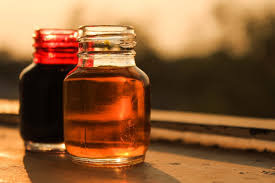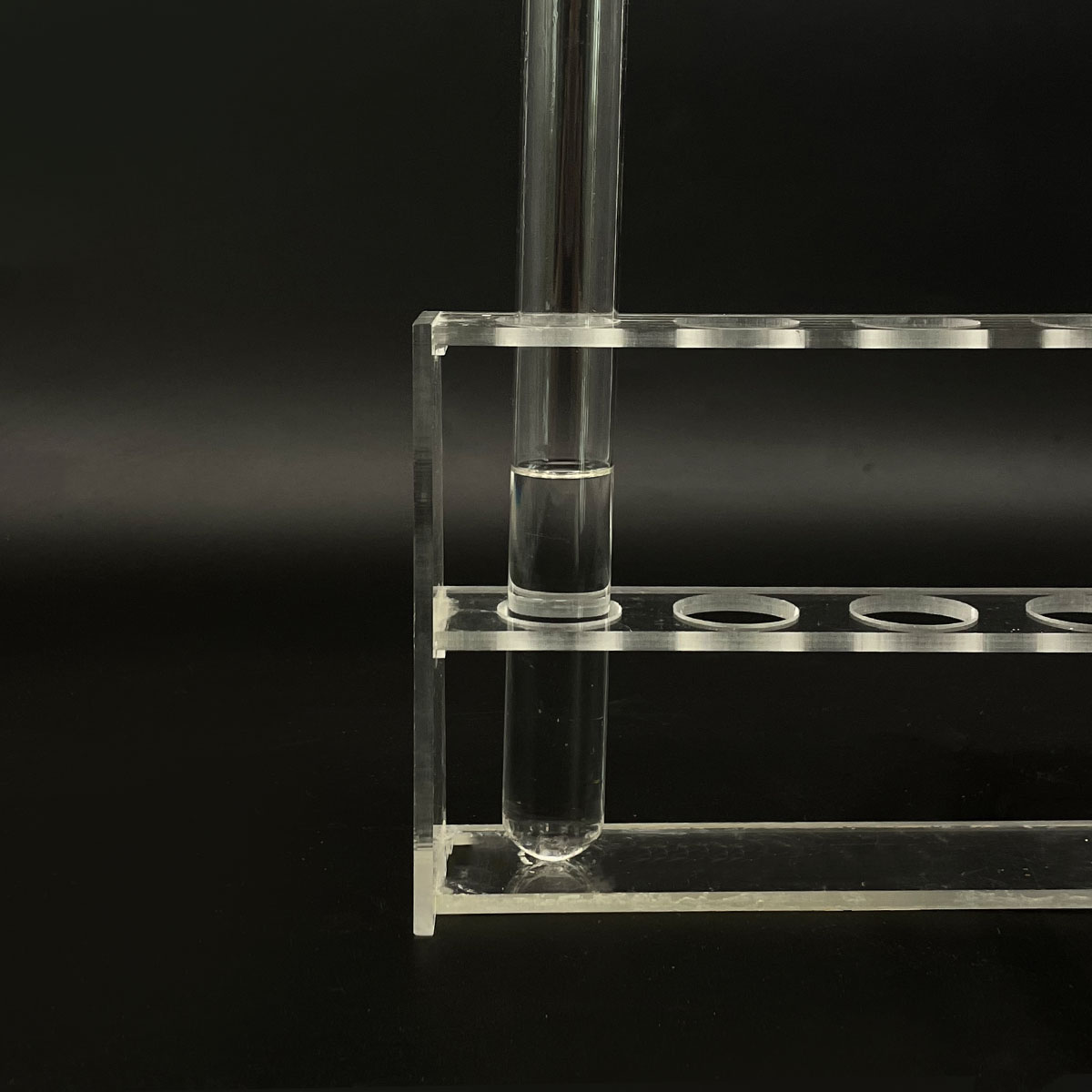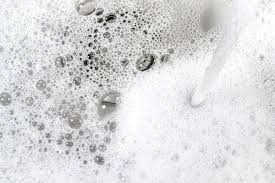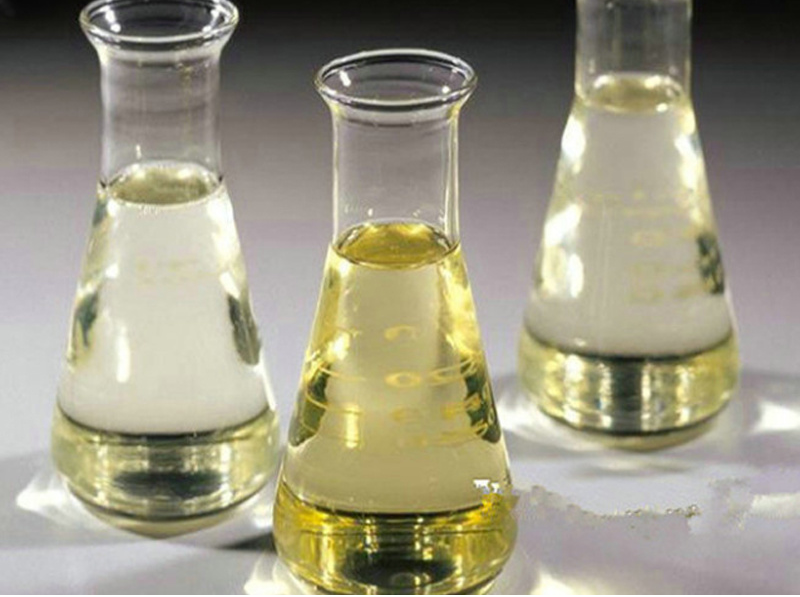**The Surfactant Secret: What’s Really Inside Drexel Imitator Plus?**
(Does Drexel Imitator Plus Contain Surfactant)
Ever picked up a cleaner like Drexel Imitator Plus and wondered what makes it cut through grease so well? That slick feeling, the way it lifts grime – it often points to one key ingredient: surfactant. But does Drexel Imitator Plus actually contain this powerhouse component? Let’s dive deep and uncover the chemistry behind this popular cleaner.
**1. What is Drexel Imitator Plus?**
Think of Drexel Imitator Plus as a workhorse cleaner designed for serious industrial and commercial messes. Its main job is tackling tough, baked-on grease, oils, carbon deposits, and grime. You find it used heavily in places like auto repair shops, factories, and commercial kitchens. It mimics the cleaning strength of the original Drexel formulas. People trust it because it gets results fast. It often comes as a concentrate. Users dilute it with water before applying it to surfaces or parts needing a deep clean. The goal is simple: dissolve stubborn contaminants efficiently.
**2. Why Surfactant Matters in Cleaners Like This**
Surfactant is the magic word in cleaning science. It stands for “surface-active agent.” This ingredient is crucial because it solves a big problem. Oil and water don’t mix. Grease repels water. Surfactant molecules act like tiny mediators. One end grabs onto grease and oil. The other end loves water. This action breaks the surface tension of water. It lets the water penetrate the grease layer. Then, the surfactant surrounds the grease droplets. It lifts them off the surface. Finally, it suspends them in the water so they rinse away. Without surfactant, water would just bead up and roll off greasy surfaces. Cleaning power would plummet. For a product focused on grease like Drexel Imitator Plus, surfactant is likely essential.
**3. How Surfactant Works in Drexel Imitator Plus**
So, does Drexel Imitator Plus contain surfactant? Based on its function and typical formulation for heavy-duty degreasers, the strong probability is yes. While specific proprietary formulas are secret, the product’s performance gives clear clues. Its ability to quickly emulsify thick grease and oil points directly to potent surfactants. These surfactants work fast. They break down the molecular bonds holding grease to metal, concrete, or other surfaces. Users apply the diluted solution. The surfactants immediately get to work. They reduce the water’s surface tension. They penetrate the grease. They emulsify it, turning it into tiny droplets suspended in the cleaning solution. This mixture is then easily rinsed or wiped off. The high concentration suggests robust surfactant levels. This ensures effectiveness even on severe buildup. The “Plus” often indicates enhanced cleaning power, likely boosted surfactant action.
**4. Key Applications Relying on Surfactant Power**
The surfactant in Drexel Imitator Plus makes it indispensable across many demanding fields:
* **Auto & Machinery:** Degreasing engines, transmissions, parts, tools, and shop floors. It dissolves motor oil, gear grease, and cutting fluids.
* **Commercial Kitchens:** Removing baked-on grease from ovens, grills, fryers, exhaust hoods, and stovetops. It tackles tough kitchen grease fast.
* **Manufacturing:** Cleaning heavy oil and grease from machinery, conveyor belts, and factory floors. It handles industrial-scale messes.
* **Maintenance:** Prepping surfaces like concrete or metal for painting or repair by stripping away old oils and contaminants. It ensures a clean base.
* **General Heavy Degreasing:** Anywhere stubborn grease, oil, or carbon buildup occurs, from farm equipment to marine applications. Its surfactant power delivers.
**5. Drexel Imitator Plus & Surfactant FAQs**
* **Q: Is surfactant safe in this cleaner?** A: Used correctly per instructions, it’s generally safe. But it’s a powerful chemical. Always wear gloves and eye protection. Ensure good ventilation. Avoid skin contact and inhalation of mist. Safety data sheets provide details.
* **Q: Are there surfactant-free alternatives that work as well?** A: For light grease, maybe. But for the heavy-duty tasks Drexel Imitator Plus targets, effective alternatives without surfactants are rare. Solvent-based cleaners exist but often pose higher flammability or toxicity risks.
* **Q: Can the surfactant damage surfaces?** A: It can potentially harm some plastics, rubber, or painted surfaces with prolonged exposure. Always test on a small, hidden area first. Follow dilution and contact time guidelines strictly. Rinse thoroughly after cleaning.
* **Q: How do I know if it’s working properly?** A: You’ll see the grease emulsify. It turns from a slick layer into a milky liquid that rinses or wipes away easily. If grease is just smearing, you might need a higher concentration or longer dwell time.
(Does Drexel Imitator Plus Contain Surfactant)
* **Q: Does the surfactant make it biodegradable?** A: Not necessarily. Biodegradability depends on the specific types of surfactants and other ingredients used. Check the product label or manufacturer information for environmental claims. Many modern surfactants are designed to break down more readily.
Inquiry us
if you want to want to know more, please feel free to contact us. (nanotrun@yahoo.com)




